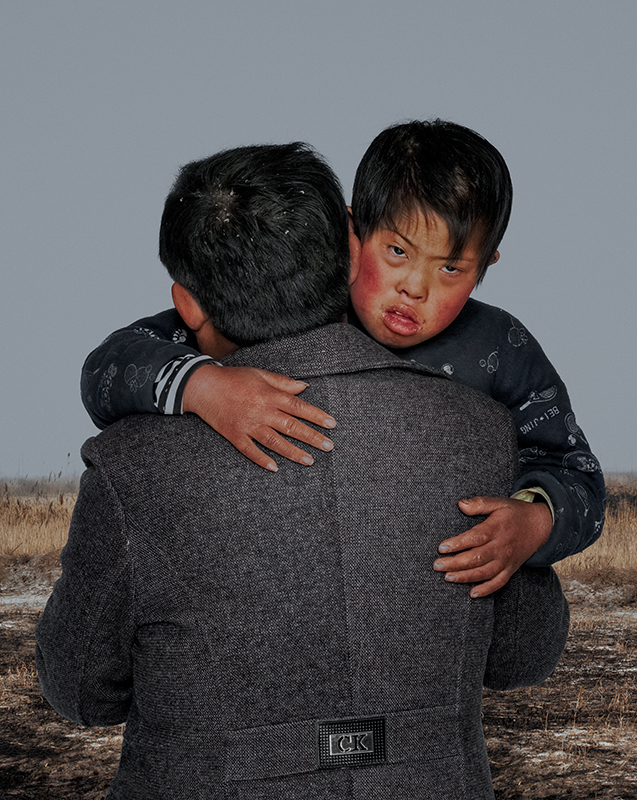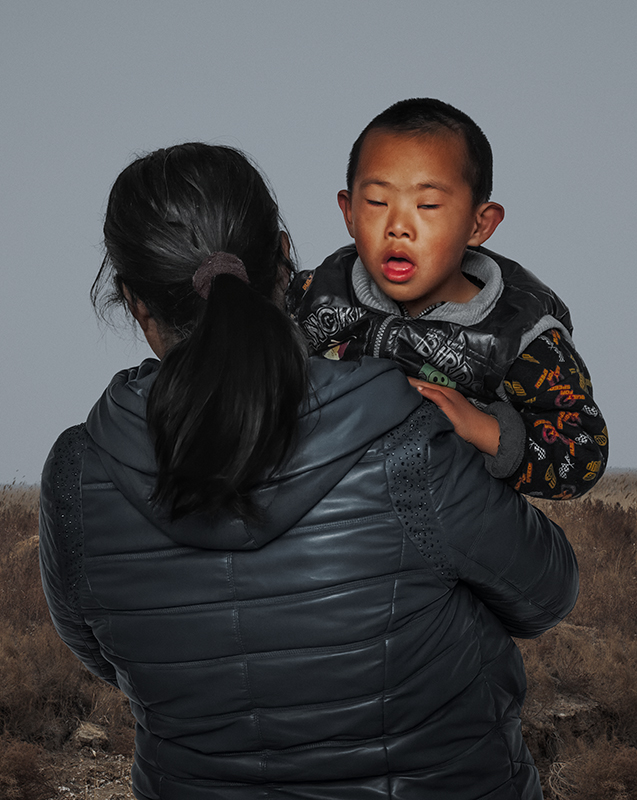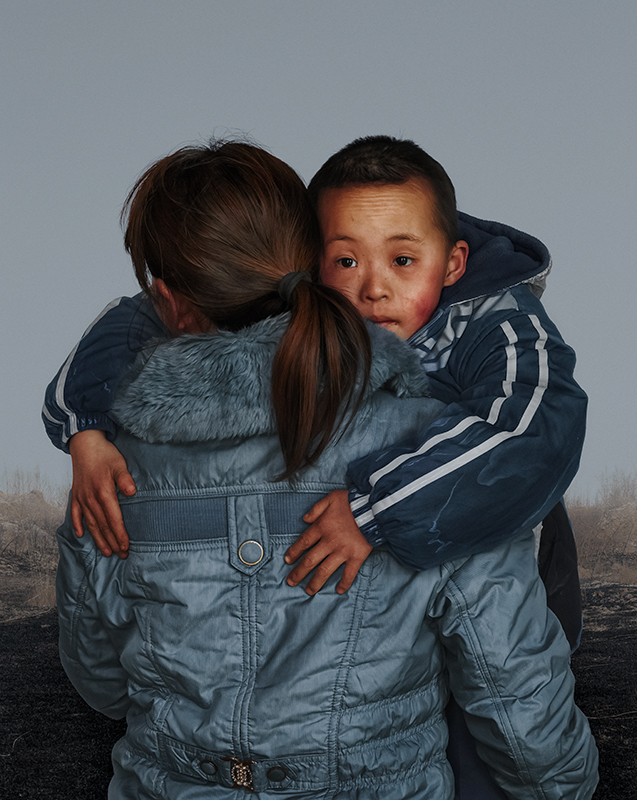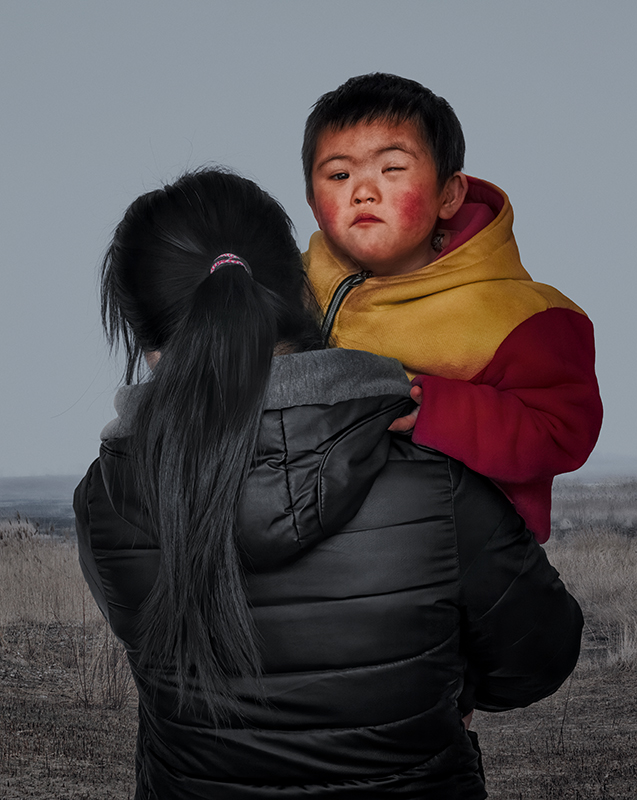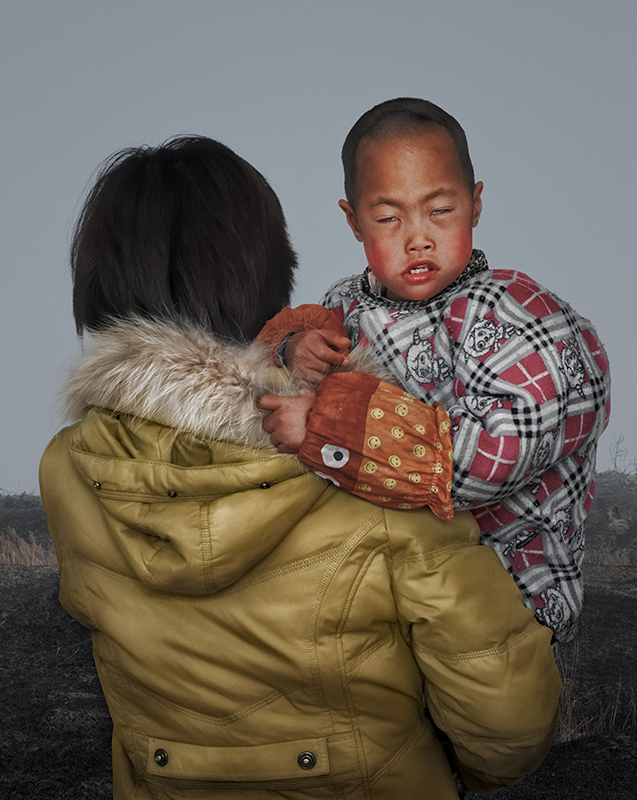Mother and Child(2014-ongoing)
Out of curiosity, I looked up a great deal of information. What caught my attention was that the Italian painter Andrea Mantegna (1431–1506) depicted the infant Jesus in his painting "Madonna and Child" with characteristics of Down syndrome, while Martin Luther (1483-1546) publicly called for the killing of mentally handicapped people.
Having two vastly different attitudes within the same religion is thought-provoking. Some speculate that this might be because at that time, Down syndrome was not considered a disease. After all, it was not until 1866 that the existence of this condition of congenital mental retardation was first published by John Langton Down. This highlights the variability in the classification criteria and categories of disabilities and underscores that the division between "normal" and "disabled" is, in fact, a conscious social construct.
Everyone has a different body, and it is because of this difference that we are able to exist as unique beings. Yet, the distinct appearance of disabled individuals often becomes a public focal point, leading to belittled, ridiculed, and even seen as evil. When people are used to looking at the disabled community differently, raising a child with a disability can be extremely stressful. So I decided to respond to Andrea Mantegna's Madonna and Child portraits by photographing some mothers and children who are recognized as being born with disabilities.母与子
2011年,我在拍摄双胞胎系列作品时,发现两个模特家里的孩子长着相似的面孔,当时十分惊讶,毕竟两个家庭相距几十里。经过询问才得知他们患有唐氏综合征。由于独特的面部特征,他们在部分地区被俗称为“国际脸”或“国际人”。
出于好奇,我查找了大量资料。其中吸引我的是,意大利画家安德烈亚·曼特尼亚(Andrea Mantegna,1431~1506)将《圣母子》像中的耶稣描绘成了有唐氏综合征特征的孩子,而马丁·路德(Martin Luther,1483-1546)却公开呼吁杀死智障人士。在同一宗教中有两种截然不同的态度令人深思,有人推测原因是当时唐氏综合征还没有被认为是一种疾病,毕竟到1866年才被约翰·朗顿·唐首次发表这一存在先天性智力障碍的病症。这显示了残障的分类标准与范畴是可变的,也显示了关于正常人与残障人的划分其实是某种有意识的社会行为。
每个人都有一个与众不同的身体,正因为这种差异我们得以作为独特的存在。然而,残障人身体的迥异样貌却往往成为公众注目的焦点,以致于被轻视、嘲笑甚至被视为邪恶。当人们习惯了以异样的目光去看待残障群体的时候,抚养残障孩子就面临巨大压力。于是我就想回应一下安德烈亚·曼特尼亚的《圣母子》肖像,拍摄一些母亲和被认定为天生残障的孩子。
